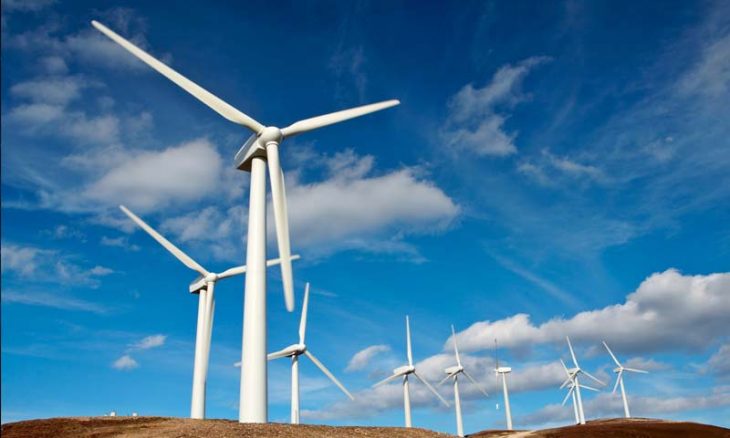
There are well over 56,000 wind turbines in the United States alone. Pretty incredible, right?
With all of these turbines, it’s interesting that many people still aren’t sure how a turbine works.
How does a turbine work? Read on for the answers.
What Parts Make Up a Wind Turbine?
The wind turbine can be split into quite a few parts which are displayed in the list below. Each part of the wind turbine serves an important purpose in making sure that wind energy is successfully created and stored.
For example, there is a brake that will halt the rotor in case of an emergency.
Parts of a Wind Turbine Include:
- Blades
- Rotor
- Pitch system
- Low-speed shaft and high-speed shaft
- Generator
- Brake
- Anemometer
- Wind vane
- Yaw drive and yaw motor
- Controller
- Tower
- Nacelle
Companies like Kor-Pak Corporation supply the varied equipment and tools needed to put these turbines into working order and keep them that way. Visit kor-pak.com for further insight.
How Does a Turbine Work?
Think of wind turbines as reverse fans. When you flip the switch on in your room the fan starts up, using electricity to make wind.
Wind turbines, on the other hand, are moved by the wind which then creates energy through the generator. Voila, wind energy is born!
The Great Lakes and the oceans are unexpected places to find wind turbines, capitalizing off of the windy coasts to generate reliable energy sources. Just as on land, wind turbines planted in a body of water perform the same way by utilizing the same parts.
Weighing the Pros and Cons of Wind Turbines
Now you understand how electricity is produced via wind turbines in layman terms. Next, you may start wondering about the cons of wind turbines.
The focus with wind turbines often falls onto their eco-friendly nature. Let’s break down some pros and cons of wind turbines.
Pros of Wind Turbines Include:
- Don’t have to pay for fuel
- No pollution or environmental impact
- Wind can’t run out – it’s sustainable
- Low CO2 emissions
- Predictable costs
- Turbine constructions and operation jobs
Cons of Wind Turbines Include:
- Initial cost is pricey
- Takes up large areas of land
- Reduction of jobs available in mining and drilling
- Is not able to supply 100% of power consistently
Even considering the cons, the advantages of wind turbines seem to stand taller. There is a clear advantage to utilizing the power of wind turbines (literally).
There’s No Wind, Now What?
Do we lose our electricity if the wind stops blowing? That wouldn’t be a reliable solution to cleaner electricity.
Think about it this way: The wind is unlikely to stop across the United States all at once. Wind turbines are spread across the nation and energy is pulled from various areas as needed.
Cast away your wind drought worries. That solution has already put into place for more efficient energy consumption.
Understanding How Wind Turbines Work
You stepped into this article asking yourself, “How does a turbine work?” Hopefully, we’ve helped to nail down the answer and provide a bit of extra knowledge along the way.
Check out our other articles for more current technology news.

